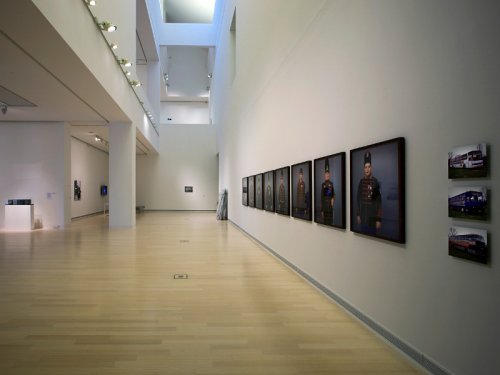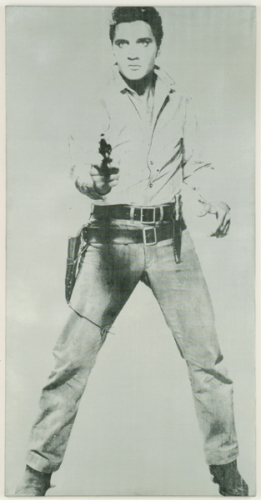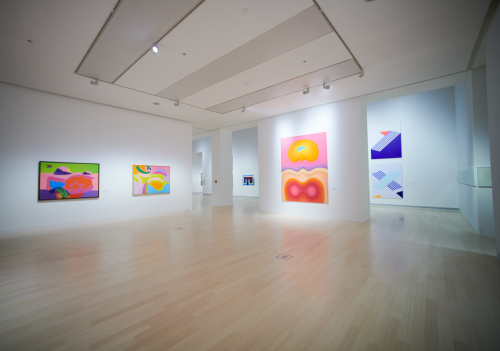„András Baranyay is a core member of the IPARTERV generation, even though he never overestimated the importance of this artist group”, writes László Beke, and this is also true of the graphic artist János Major, Baranyay’s friend, the man in quasi-portrait from 1973.
Baranyay started depicting body fragments masked by black and white surface in his lithographic series around the turn of the 1960s and the 1970s. The round or squaremasks conceal curves of the body, fine details of skin, shoulders, arms and fingers, representing, but not depicting the „whole”, the complete body and personality. Baranyay’s important points of reference are Kierkegaard and existentialism; more generally, an approach directed at the „I”, at human existence, attempting the record fragmented, evanescent everyday phenomena.
He starting using photography around 1972-73, but he does not consider himself a photographer; he often colors or draws on his black-and-white prints, manipulating them with various methods. The Major-portrait in four parts was made in 1973. The sekected fargments are indicated in the original photograph (which is not part of the series) by squares marked with a pen. Instead of the entire face, Baranyay focused on the „part”, this time on Major’s characteristic forehead, glasses, and chin highlighted with a heavy black frame.
K.Sz.
: Details (János Major) No. 1-5. (1973)
Purchased with assistance of the Hungarian Ministry of National Resources, 2011
Keywords




